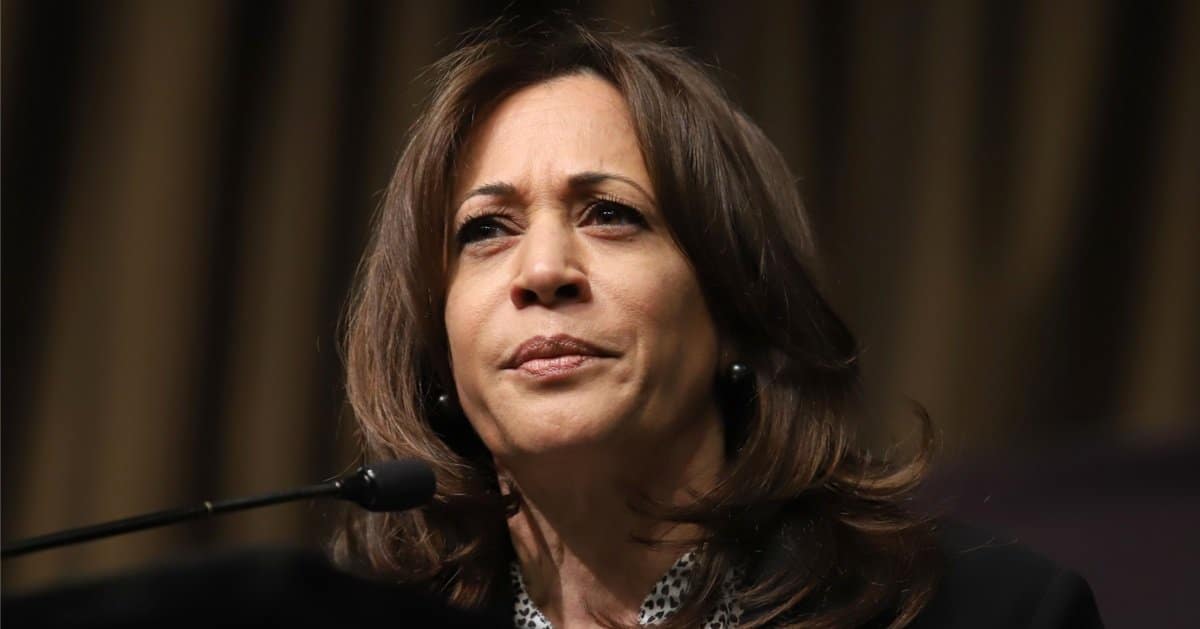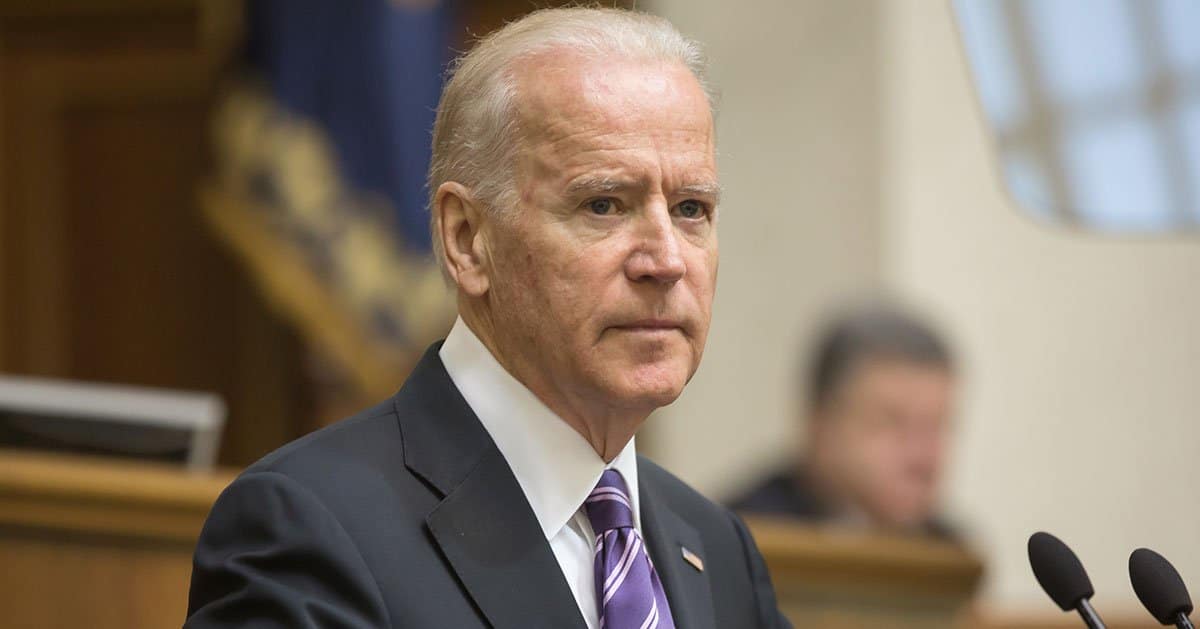




A sinister new drug, nitazenes, is killing young Americans with a potency that makes fentanyl look tame.
The New York Post reported that in early 2025, two Texas men, Lucci Reyes-McCallister, 22, and Hunter Clement, 21, died after taking pills laced with this synthetic opioid, sparking urgent calls from their grieving mothers for action against this Narcan-resistant killer.
Lucci, near Houston, thought he was taking Xanax on Jan. 26, 2025, but the pill contained N-pyrrolidino protonitazene, a nitazene variant 25 times deadlier than fentanyl.
Seven rounds of Narcan couldn’t save him, a chilling sign of this drug’s resistance to standard overdose treatments. “It took them seven rounds of Narcan to try to revive him,” Grey McCallister, Lucci’s mother, told The Post, her voice heavy with loss.
Grey’s shock was palpable—she’d never heard of nitazenes before her son’s death. Her ignorance is shared by many, as this obscure drug sneaks into communities, masquerading as familiar pills. The progressive push for harm reduction ignores how these lethal synthetics outpace outdated solutions like Narcan.
Hunter, Lucci’s friend, met a similar fate on April 10, 2025, after taking a supposed Percocet laced with nitazenes. His mother, Ruthi Clement, only learned of the drug after reading about it, suspecting it caused her son’s death. “I told my husband, ‘I feel like that could be what Hunter died from,’” she recalled, her instinct tragically correct.
Nitazenes, developed over 60 years ago as a morphine alternative, were shelved for their overdose risk but have resurfaced in illicit markets.
Their potency—some strains 5 to 43 times stronger than fentanyl—makes them a public health nightmare. Yet, the left’s focus on decriminalization often glosses over these emerging threats, leaving communities vulnerable.
The Drug Enforcement Administration points to clandestine Chinese labs as the source, with cartels in Mexico likely distributing the drugs through established networks.
A Florida man’s confession in January 2025 to mailing protonitazene from Chinese suppliers confirms the global pipeline. This isn’t just a drug problem—it’s a geopolitical one, as foreign actors exploit America’s open borders.
Customs officers at Kennedy Airport report nitazenes arriving “at least a few times a week,” in amounts from grams to over a pound. The sheer volume suggests a deliberate flood, yet bureaucratic red tape slows detection efforts. Former DEA acting administrator Derek Maltz called it “China’s ongoing attack against America,” a stark warning ignored by globalist elites.
Harris County, Texas, medical examiners logged four nitazene-related deaths, but standard drug tests often miss the drug unless specifically targeted.
This gap in screening lets nitazenes slip through, endangering lives while progressive policies prioritize privacy over prevention. “They could think something is clean or rather safe when it’s pressed for something 20 to 40 times stronger,” Grey McCallister warned, exposing the deadly deception.
Europe’s rising nitazene overdoses signal a global crisis, now creeping into the U.S. The drug’s stealth—mimicking legitimate pills—catches users off guard, a tactic that thrives in a culture that downplays personal responsibility.
Ruthi Clement’s resolve to save others, even after losing Hunter, shows a mother’s strength amid tragedy: “Sometimes I get mad because I couldn’t save my son, but I do want to save others.”
Grey McCallister’s mission is equally fierce: “There was no way Lucci was going to die in vain.” Her call for awareness clashes with a system slow to adapt, bogged down by woke priorities that sideline real threats. These mothers aren’t asking for pity—they demand action to stop this silent killer.
Derek Maltz urges education through social media, where kids pay attention, not outdated news channels. “You have to educate these kids, you have to have mandatory education,” he said, pointing to influencers and athletes as key messengers. The left’s obsession with feelings over facts ignores this practical solution.
Nitazenes’ resistance to Narcan complicates emergency responses, leaving first responders helpless. The drug’s obscurity means many overdoses go misdiagnosed, skewing data and delaying solutions. Progressive narratives about “safe use” crumble when a single pill can kill.
The DEA’s warnings about Chinese labs and cartel networks highlight a supply chain that thrives on America’s porous borders.
Maltz’s claim that “all these other substances are popping up everywhere” underscores a crisis fueled by foreign opportunists. Yet, the Biden administration’s focus on optics over enforcement lets the problem fester.
These young men’s deaths are a wake-up call, but will D.C. listen? Grey and Ruthi’s fight for awareness deserves better than bureaucratic apathy or woke deflection. Their sons’ lives, cut short by a drug most Americans can’t pronounce, demand a response that puts safety over ideology.



